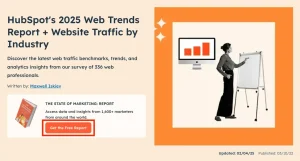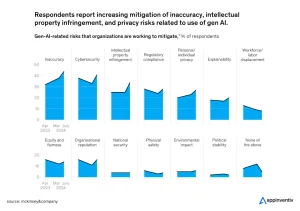
Streamlining is a word that can have several connotations. For some people, it might be a term that’s synonymous with improvement, and for others, it might raise red flags and images of simplification to the point of dumbing down. The truth might lie somewhere in the rational middle – with streamlining providing you with a way to make your operations more efficient at low cost when applied correctly.
There are so many different areas of your business that you could think about streamlining that it’s bound to be more suitable sometimes than others. Is it something that’s right for you, though? Well, that might be hard to know without understanding what it would mean for these different areas.
When Is It Good?
A successful streamline, as mentioned previously, should take something that uses more resources than it should and trim the fat to provide you with a much more efficient version of what you had before. This might sound like something that is much easier to achieve than it actually is in practice. For example, it might be easy to identify when something could be simplified or when two processes could be merged into one, but that might not be the same as streamlining. Following through with your instinct there might simply result in you losing a quality that you had access to before.
So, when is streamlining a viable option? Well, looking at your online marketplaces might provide you with an answer to that. If your business is one that conducts its operations by having several different storefronts through which customers can buy your goods, you might be struggling to respond to each of these channels in a way that is anything close to convenient or efficient. Looking to services that can streamline these into an omnichannel system, then, might be what you need. Similarly, you might feel as though your entire ecommerce system is taking up more of your time than it should be, leading to a less thorough system than you’d like. In this case, outsourcing your ecommerce fulfillment might be exactly what you’re looking for to make it run as efficiently as possible.
In fact, you could see outsourcing as a whole as something that represents the positive side of streamlining. While outsourcing too much of your business might make you feel as though you have very little involvement (and money), being selective and understanding the optimum times to do it could vastly improve your performance. Many types of outsourcing, such as marketing, can still allow you to work closely with the professionals in question to achieve a result that you can be happy with.
When Is It Not?
Streamlining excessively or without care, as mentioned previously, can result in the simplification of your business – costing you a lot while providing you with very little in the way of discernible benefits. Sometimes, the question that you ask yourself in relation to streamlining might be, ‘how much is too much’? This is a good question to ask, and to inspect a possible answer, looking to an example like your website might be helpful.
Now, you want your website to be cleanly designed, not overwhelming for new visitors, while also clearly signposting where they need to go to get where they want to be. You might be tempted to look at your website and think that you could do away with some of your headings – merging them together to better streamline what’s there into more digestible chunks. At a point, though, this effort isn’t producing any benefit, and it’s making it more difficult for users to understand where the information that they’re looking for is going to be. On the other end of the spectrum, having a heading for each individual topic is unnecessary and does nothing but clutter up the UI and make the experience less enjoyable.
The difficulty here comes from the fact that there is no right answer to follow – you’re going to have to make the decision somewhere along the spectrum for yourself. With a website, this might be something that’s harmless enough, and you might even be able to get an impression of how your audiences feel about the different changes by looking at feedback or website analytics. What might be riskier is streamlining that’s applied to your employees. For example, attempting to save money by combining job roles might lead to overworked staff, high staff turnover, and a worse result for your business in terms of the job being done. So, you can see why it’s a topic that you have to think about carefully.
How to Market It
If the streamlining in question is something that’s going to change your business experience for your audiences, it’s likely something that you’re going to have to announce in one way or another in order to prepare customers for the upcoming changes. As mentioned before, streamlining is something that people can have different opinions of, meaning that there might be some difficulty in properly marketing it to evoke excitement and not caution.
If this process is something that is going to lead to a retiring of old systems or methods, it’s important to explain why it is that you’re making this change – and what you’re hoping to accomplish with it. If this way of doing things is popular with your audiences, an element of transparency and sincerity might be important so that your tone doesn’t come across as being indifferent to the opinions of your audiences. The trick here is to be reassuring but confident and hopeful about the positives of such a shift.
You might find that a different approach is required when it comes to delivering news of this change to parties that are more internal. Investors and affected team members are people who might be more likely to be scrutinous of such a decision if it’s a large-scale one. Being able to support the reasoning behind your decision with facts from successes around the business world might help to justify your decision, especially if you feel as though this change is something of a risk.








